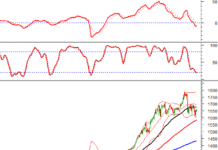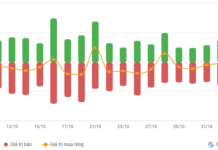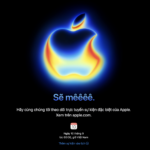Apple has made a notable move by updating its list of vintage products just days before the official launch of the iPhone 17 on September 9. This move not only affects long-time users of older devices but also serves as a reminder to those intending to hunt for older iPhone models at cheaper prices in the market.
According to MacRumors, the latest addition has placed four more Apple devices on the vintage and obsolete list. Among these, three familiar MacBook models, including the MacBook Air 11-inch (early 2015), MacBook Pro 13-inch, and 15-inch (2017), have officially been discontinued.
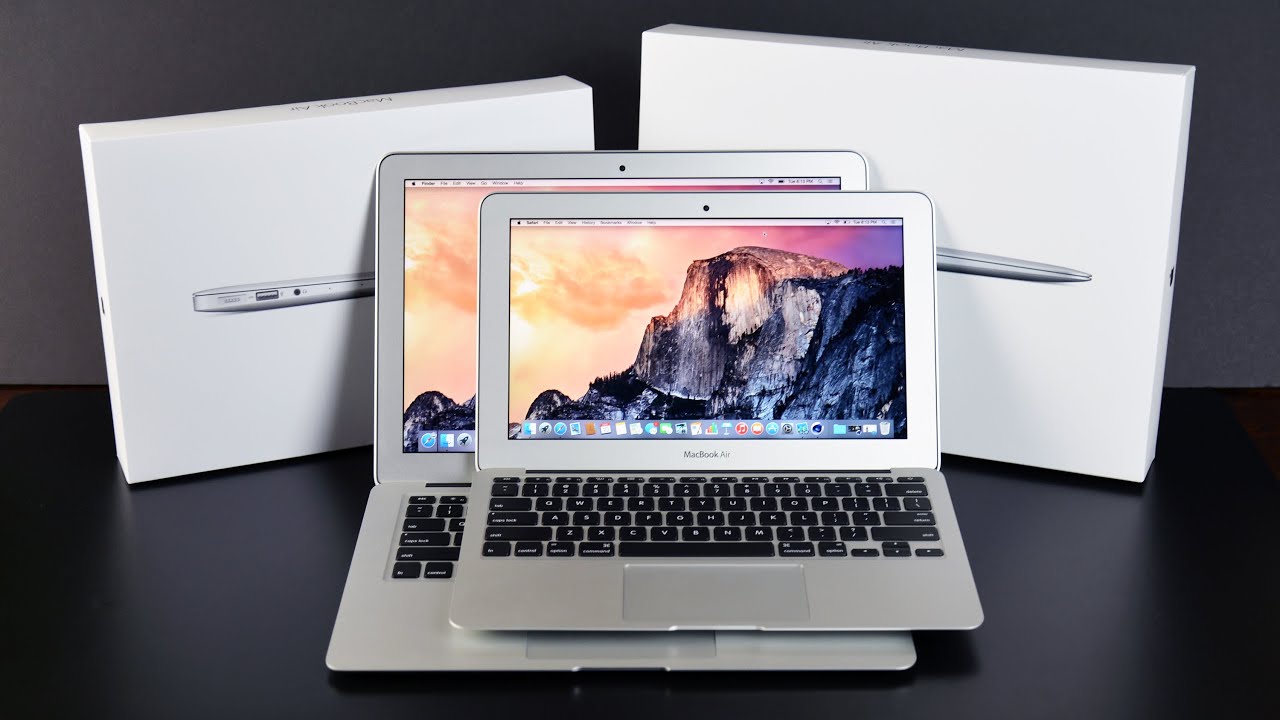
The 11-inch MacBook Air has been deemed obsolete.
Notably, the MacBook Pro 13-inch with four Thunderbolt 3 ports has been classified as obsolete, while the two-port model retains its vintage product status. For these devices, Apple and authorized service centers will discontinue repair support, except in specific cases such as battery replacement if the machine was sold less than ten years ago.
According to Apple’s general regulations, a product is considered vintage after five years from the date of discontinuation and is classified as obsolete after seven years. This means that even if the devices are still functioning well, they will no longer be guaranteed service and spare parts from the manufacturer.
The most notable addition to this update is the iPhone 8 Plus. The 64 GB and 256 GB versions have been included in the vintage list, while the 128 GB model is likely to follow suit soon.
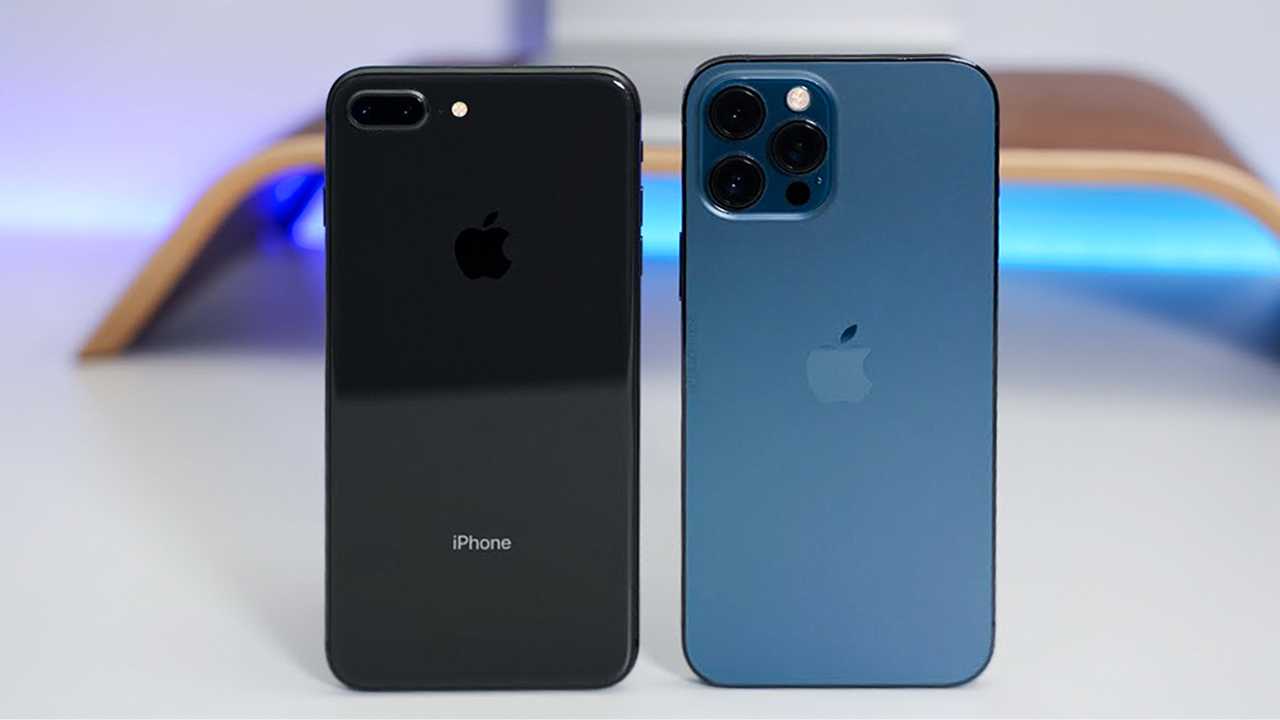
iPhone 8 Plus alongside iPhone 12 Pro Max.
Now that it is considered vintage, repairing the iPhone 8 Plus at Apple will become increasingly challenging, spare parts will become scarce, and the costs may rise. Moreover, this model has not received any new software updates since iOS 16 was released in 2022. All other iPhone 8 models and the iPhone X, which were launched in 2017, have also been classified as obsolete.
This situation poses a significant problem for those considering purchasing the iPhone 8 Plus due to its affordable price. While the device is still advertised in the market at attractive prices for average users, it entails several risks. The lack of software updates means that the device will soon face limitations in security, app compatibility, and an outdated experience. Repairs also become intricate as Apple discontinues support, and official spare parts gradually disappear, forcing users to rely on third-party sources with unpredictable quality.
With the upcoming release of the iPhone 17, older iPhone models offering cheap deals are no longer a wise choice. While you may save on the initial cost, there are potential risks of data insecurity, declining performance, and unpredictable repair expenses. For those seeking a long-term and stable iPhone experience, investing in newer models or, at the very least, those still under Apple’s support list, is a much safer option.
The End of an Era: Apple Phases Out Four iPhone Models with the Launch of iPhone 17
The highly anticipated launch event for the Apple iPhone 17 has been set for 10 am on the 9th of September 2025, California time (or midnight on the 10th for eager Vietnamese fans). With the iPhone 17’s arrival, Apple bids farewell to several older models.
















